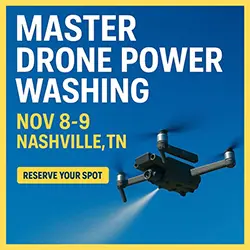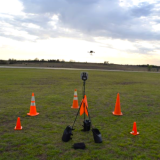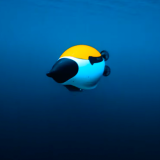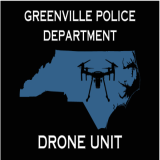"A drone is a storytelling tool that can capture powerful images," says Anastasia Telesetsky, an environmental law professor at California Polytechnic State University.
It's also an excellent witness in environmental litigation cases.
For example, as reported by The Washington Post, when environmentalist Brent Walls saw a white-ish discharge floating in a stream in central Pennsylvania, he suspected a nearby rock mine of violating the law. But as the mine was surrounded by private property, he couldn't confirm his suspicions without trespassing.
His drone, however, provided the perfect solution. Thanks to a birds-eye view of a murky liquid flowing into a creek from the mine, Walls was able to document the matter photographically, and he used the photos to accuse Specialty Granules LLC of violating the Clean Water Act. The company stopped the discharges the drone had identified, and it also installed a filtration system that improved water quality.
It's critical to note that the 50-year-old Clean Water Act doesn't just give federal officials the ability to seek out wrongdoing and enforce the law—it allows individual citizens to bring polluters to justice, as well.
That's why Walls is training drone pilots for the Waterkeeper Alliance—a global network of clean-water groups. The nonprofit activism group wants many drones in the air "telling stories" about companies who dare to pollute waterways. Of course, those looking to collect evidence using drones must possess a federally-issued pilot’s certificate and adhere to federal, state and local rules.
However, the environmental eyes in the sky have already claimed some victories. For example, drone footage pushed a West Virginia coal operation to clean up a nearby river after investigative footage showed the company was indeed polluting it with coal residue.












